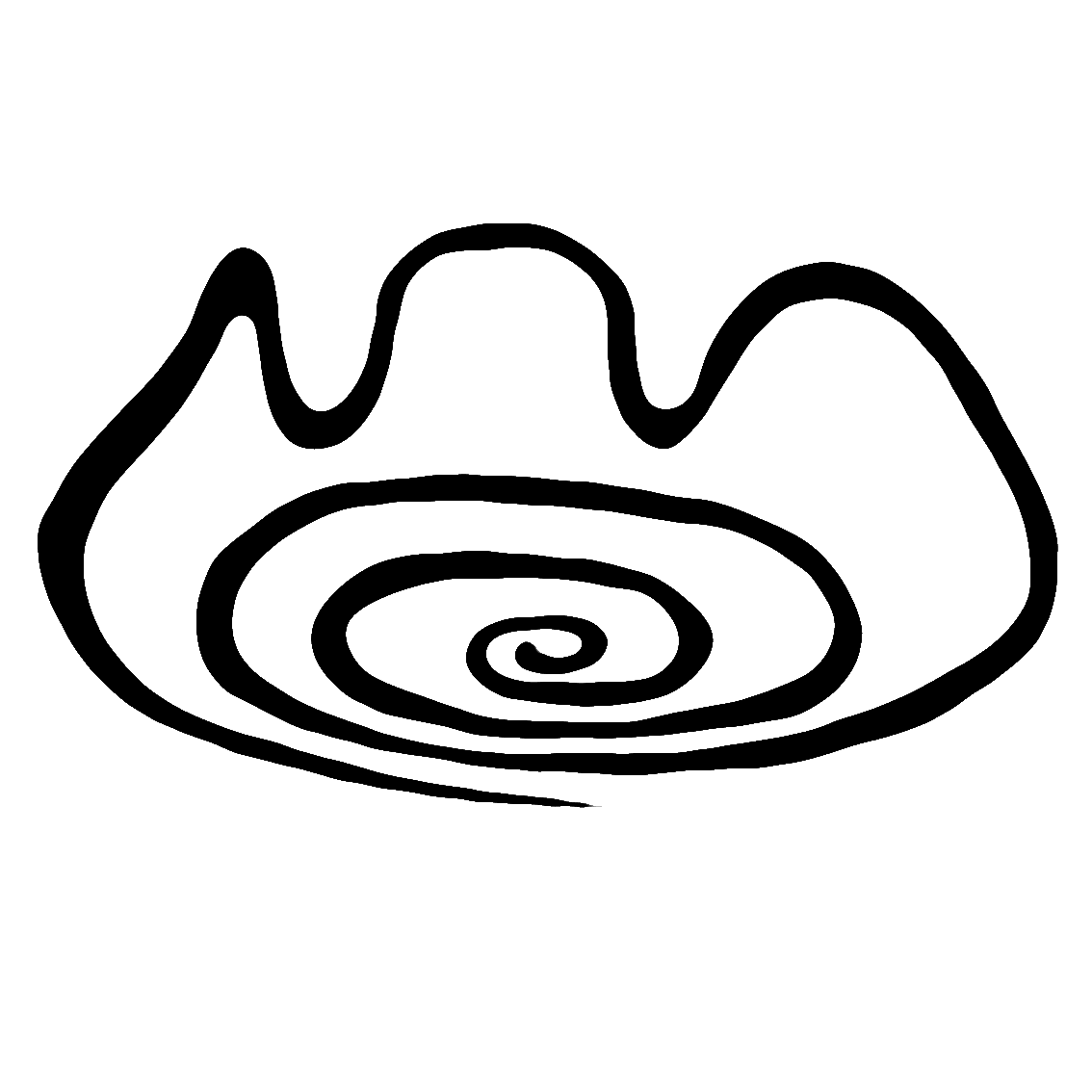Does the Trojan Horse fit in?
- Finn Olav

- Feb 9, 2019
- 3 min read

In earlier blog posts I have argued that the events described in Homer’s writings have its origins in Northern Europe rather than in Greece and the Mediterranean. The location of the city of Troy I believe was, as Theophile Calleux and Iman Wilkens claims, located outside Cambridge in England. The time of the events, astrologist Morten Alexander Joramo told me was between 3000 BC and 2500 BC. From what I see that other Astrologists suggests, the astrological events Joramo uses to date this should have occurred between 2150 BC and 1875 BC.
The Horse
Then let's take a look at another important player in this story. The Horse. And no, not the ones that eat grass and people were riding on. I am talking about the big one. Made of wood and left on the beach to look like a sacrifice to please the goddess, Athena. A giant wooden horse sat on wheels so it would be more tempting for the Troyans to take it with them home, according to Homer’s version.
My question then is:
- Did the horse, play a significant role in the Greek religion at that time?
Yes, There are important horses playing key roles in Greek mythology. You have Pegasus, the one with wings. Then you have the Centaurs, half human half horse. The hippocampus or hippocamp was a giant seahorse, half horse and half fish. Xanthos (Xanthus) and Balios (Balius) was also two mythological creatures. But they were the horses of Achilles. So they would not have achieved mythological status before a long time after the war. The Mares of Diomedes were fore man-eating horses. The Trojan horse is more like a man-shitting horse. Then you have Helios chariot, pulled by horses across the sky during the day.
- Are there any parallels today?
Where do they market themselves with wooden horses today?
Sweden

In Sweden. Thou the modern commercialised souvenir trend is quite young. There is a tradition for making small wooden horses that stretches back in time. This small horse was probably thought to bring luck. In 1642 a bishop Rudbeckius wrote that he condemned the selling of ungodly wooden horses at markets. In the 17th century, a court note made during a witch trial states that a priest claimed that the witches had used wooden horses. It is also said that it has been found such small wooden horses in Viking graves, though I have not found proves for this. Further back documentation gets rather thin. Especially for an amateur like me. But there’s still hope. You don't have to look further than to Denmark to find all the answers you can dream of.
Denmark
If you make a search for bronze age Denmark on the internet it is as good as impossible not to come across this picture.

It is the Sun Chariot that was discovered in Trundholm Mose in Nordvestsjælland, Denmark by a farmer ploughing new land in 1902. It is dated to approx 1400 BC. It describes the sun's journey over the sky where the sun gets helped by several creatures, where one of those is a horse pulling the sun. Here is a link to the Danish National Museum explaining this. This bronze horse is on wheels and I believe I have heard about something similar somewhere. Where could that be?
At the time of the Trojan War, Denmark was a major exporter of flint and flint tools. But when bronze started to emerge, then this was threatening this regions position as a local superpower.
The introduction of bronze in Denmark is also associated with the introduction of The Bell Beaker people and culture in Denmark.
The Nebra Sky Disc found in central Germany in 1999 is made from copper from Austria but the tin and the gold originates from Cornwall in England. It is dated to approx 1600 BC. Could this raw materials, gold and tin have originated there as war treasures brought home after a certain war couple hundred years earlier?

The boat trip by Hercules and Paris before The War of Troy might have been a trading expedition. Showing off this fascinating new material capable of being transformed into weapons. Weapons that could both make and break empires.
In my mind, there is emerging a notion that there would have been a wish to control this new bronze technology that was emerging. The Danes would have been especially interested in this since they had most to lose.
The Helen of Troy story then becomes the official cover story. A noble excuse. The warriors would believe they were fighting the war for love. When they actually were fighting for the power of their leaders.








Comments